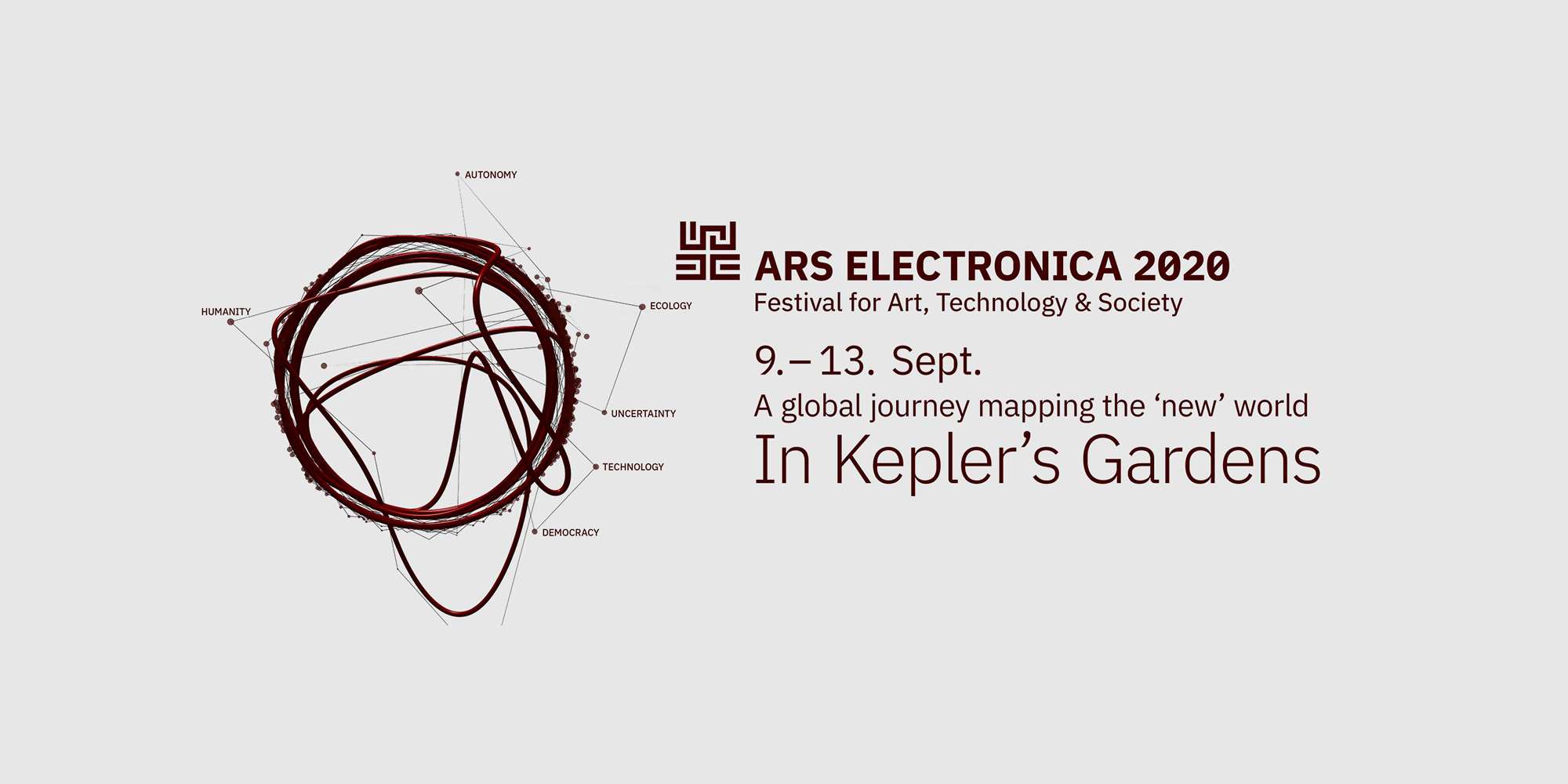Hackathon

ORCHIDEA with Composer and Lead Researcher at CNMAT
Carmine Cella
Carmine Cella is available to host a live online demonstration/workshop for ORCHIDEA, a framework for static and dynamic computer-assisted music orchestration. Orchestration consists largely of choosing combinations of sounds, instruments, and timbres that support the narrative of a piece of music. The ORCHIDEA project assists composers during the orchestration process by automatically searching for the best combinations of orchestral sounds to match a target sound, after embedding it in a high-dimensional feature space.

Can we do the same with less - AI in 64 Kb
Philippe Esling (FR)
This hands-on workshop for the AIxMusic Hackathon by Philippe Esling (FR) introduces techniques for lightweight AI, demonstration of embedded technologies and a 64 Kb competition for an AIxMusic hackathon project challenging the current limits of AI and inspired by the Demoscene and the 64Kb competitions.

Jugend hackt remote: digital gardening
Jugend hackt Austria (AT), c3 (HU), mb21 (DE), ArtechLAB (NL), Ars Electronica (AT)
Wir präsentieren das Ergebnis von Jugend hackt remote: digital gardening, einem Hackathon für Jugendliche von 12 bis 18 Jahren. Er fand am 29. August statt und lud junge ProgrammiererInnen aus Österreich, Deutschland, Ungarn und den Niederlanden ein.

Ars Electronica AIxMusic Online Hackathon
Philippe Esling (FR), Lamtharn Hanoi Hantrakul (TH), Carmine Cella(IT), Edward Tiong (US) and Yishuang Chen (US)
Anlässlich des ersten Online-Festivals veranstaltet Ars Electronica seinen ersten internationalen AIxMusic Hackathon im Rahmen des AIxMusic Festivals 2020.

BR41N.IO Hackathon - The Brain-Computer Interface Designers Hackathon
Der BR41N.IO-Hackathon bringt Programmierer, Ingenieure, Designer, Künstler und/oder Enthusiasten zusammen, die in einem interdisziplinären Team intensiv zusammenarbeiten. Jedes Team muss ein einzigartiges, spielerisches und tragbares Kopfstück entwerfen und bauen, das nützliche EEG-Signale in Echtzeit messen kann und jede Art von Interaktion ermöglicht. Die Hacking-Projekte verwenden EEG-Elektroden und -Verstärker und fordern die Programmierer heraus, eine Schnittstelle zu programmieren, die es ihnen ermöglicht, Geräte, Roboter oder Anwendungen zu steuern, Nachrichten in sozialen Medien zu posten, Gemälde anzufertigen oder eine Unzahl anderer Anwendungen nur mit ihren Gedanken in Kraft zu setzen. BR41N.IO fordert auch kreative Köpfe dazu heraus, ein BCI-Headset mit 3D-Druckern, handgefertigten Materialien und Nähmaschinen zu entwerfen.


